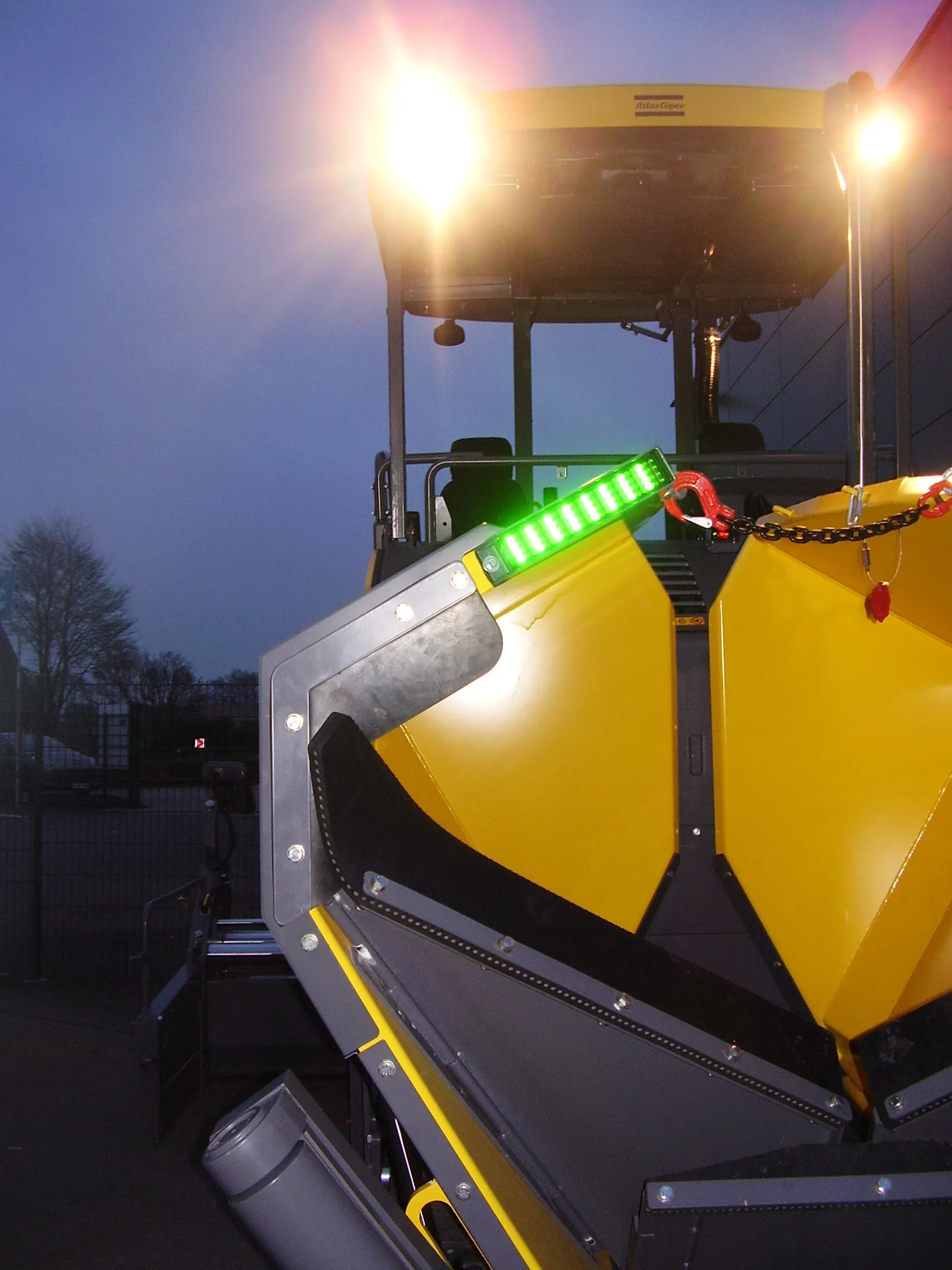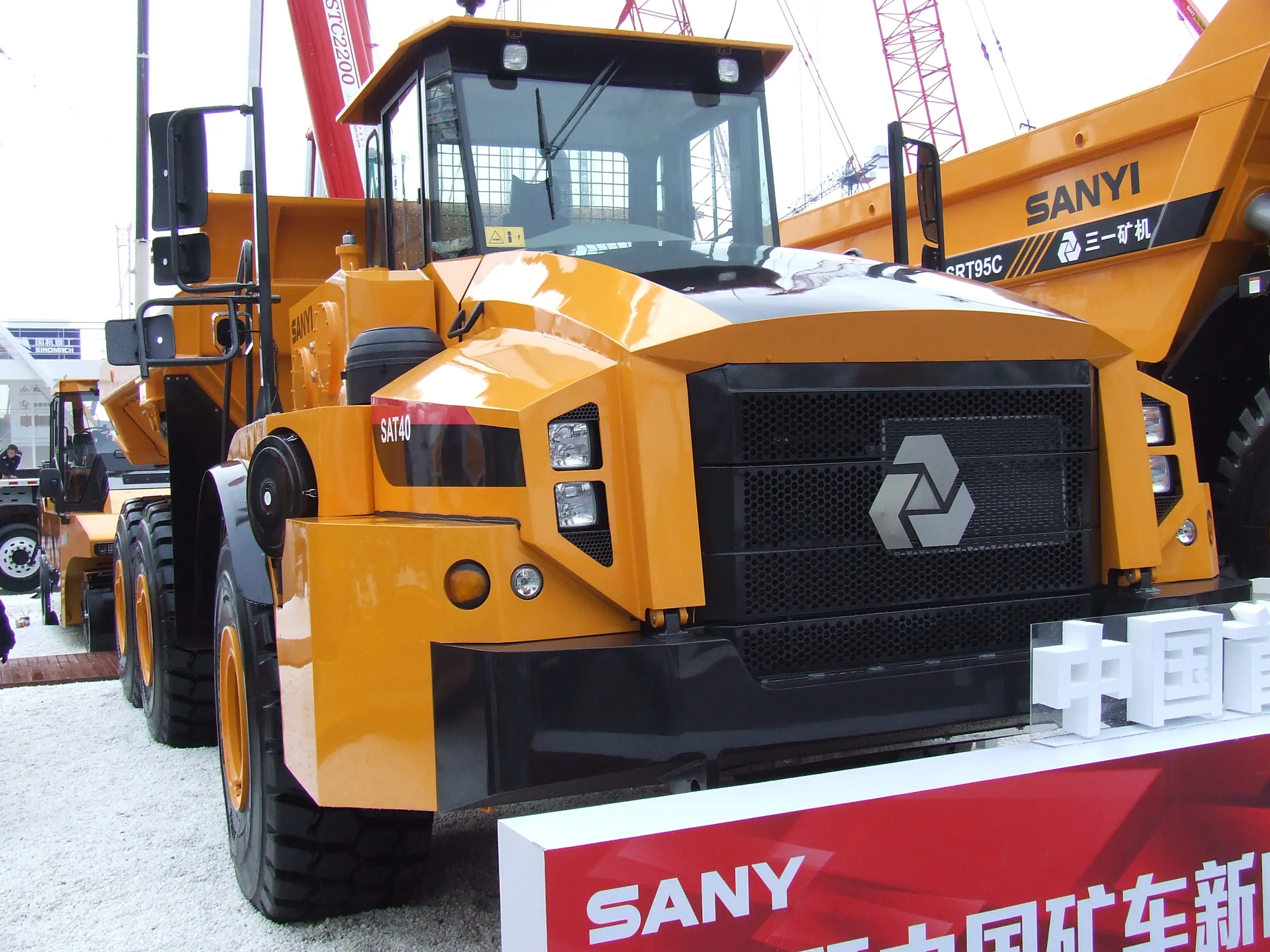
From 1 January 2018, the Hydraulic Attachment Tools division within
From that date, all the division's current products will be delivered with Epiroc product branding.
The division manufactures excavator attachment tools, such as hydraulic breakers, cutters, pulverisers, bucket crushers, shears, grapples and magnets.
The company says that the hydraulic breaker was originally developed in 1963 by the German company Krupp Berco Bautechnik, which became part of Atlas Copco in 2002, and the product range today includes 100 different hydraulic attachment tools.
Among others, the division manufactures the HB 10000, said to be the largest serial hydraulic breaker in the world.
For the Hydraulic Attachment Tools division, it will be business as usual with being manufactured in the same facilities as today; developed by the same R&D teams and
marketed by the same faces to the customer.
“We are building on a very solid foundation in the industry”, says Goran Popovski, President of the Hydraulic Attachment Tools division.
“Within Epiroc we can even better focus on what is core for us: providing solutions and best support to our customers around the globe. Epiroc is a new player with a solid history in the market and our ambition is to continue to have market-leading positions in each market and each segment.”







